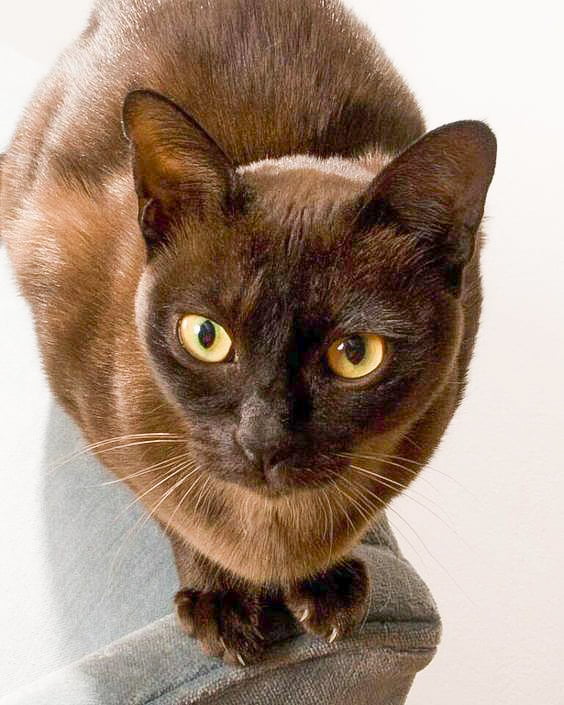
I’m going to refer to a study of 2007 which contains a lot of useful information (https://doi.org/10.1016%2Fj.ygeno.2007.10.009). One of the conclusions which interests me and which might interest others is that the Siberian cat is the most genetically diverse cat breed according to these scientists. And at the opposite end of the spectrum, they decided that the two breeds that were the least genetically diverse i.e. the most inbred were the Burmese and the Singapura.
This should be of interest to purebred cat adopters as it should signal that the Siberian is healthier than the average purebred cat depending on the standard of breeding.


They also concluded that the genetic variation of random bred cats was less than that of humans and the genetic variation among the purebred cats was less than that of random-bred cats. One reason why random-bred cats are genetically less variable than humans is because they developed in isolated populations. For example, when the first or the early domestic cats were transported to Asia from the Mediterranean, they would have evolved over 8,000 years in Asia being isolated from the rest of the domestic cat population. This isolation would lead to less genetic variation. That, is the argument, as I understand it. It’s because, I guess, humans can move around the world a lot more easily than can cats who are dependent upon humans to move them around!
Siberian, a more recent breed
The reason why they say the Siberian is in effect healthier from a genetic viewpoint is because it is a more modern breed. The first Siberians were imported into the United States in 1990 where they were developed using selective breeding. Many cat breeds are much older than that. The oldest breeds are the Siamese and Persians for example. And you’ll find that the older breeds have more health problems than the younger breeds. By “younger” I mean those breeder to have been developed through artificial selection more recently.
Inbreeding- genetic diversity – outcrossing
And as I understand it, this means that the Siberian has undergone less inbreeding than the more well-established breeds which in turn allows the breed to enjoy greater genetic diversity. It is a well-known fact that inbreeding creates inbreeding depression. Not always but that is the tendency. In fact, all the well-known inherited health problems of the cat breeds could be resolved pretty much had a stroke if out-crossing to random bred cats was allowed by the cat associations. They don’t allow it because it would ruin the appearance of the cats as per the breed standard.
If you have outcrossed the unhealthy breeds with moggies, they would all lose their distinctive appearance. There wouldn’t be any cat breeds anymore! But they would be healthy which must be the priority. It tells you why there is an inherited weakness in the cat breed system. It relies upon inbreeding and a deterioration in the health of the cats.
Here is a quote from the study which is quite technical but I think it needs to be reproduced here:
The within population variance component of random bred cats was 86%, compared to 93-95% in humans, suggesting that individual cat populations are less genetically variable than human populations. Purebred cats, with a within population variance component of only 61%, were less genetically variable than the random bred populations, which was also reflected in the estimates of average heterozygosity.
Natural breeds versus created
The scientists added that 16 of the Cat Fanciers’ Association (CFA) registered breeds are “natural breeds”. What they mean is that these were originally (and still are in the region where they come from) random-bred cats where they evolved naturally using natural selection. The remaining cat breeds under the auspices of the CFA were developed over the last 50 years. These have been “created” by cat breeders through artificial selection. It’s a little bit like the Frankenstein story. These cat breeds are a ‘product’ moulded like a vase from clay. Rather than using clay the breeders use the genes of the animal and the moulding is done by selective breeding.
Cat breeding is too artificial?
The scientists say that this creation of cat breeds is “in stark contrast to most other domesticated species that have undergone millennia of intent selection for complex behavioural, performance or production traits involving complex gene interactions.” I believe that they are referring mainly to the domestication of the dog which was and is utilitarian i.e. a functional animal far more so than domestic cats. And dogs performed different functions and, on that basis, they have different shapes and abilities.

